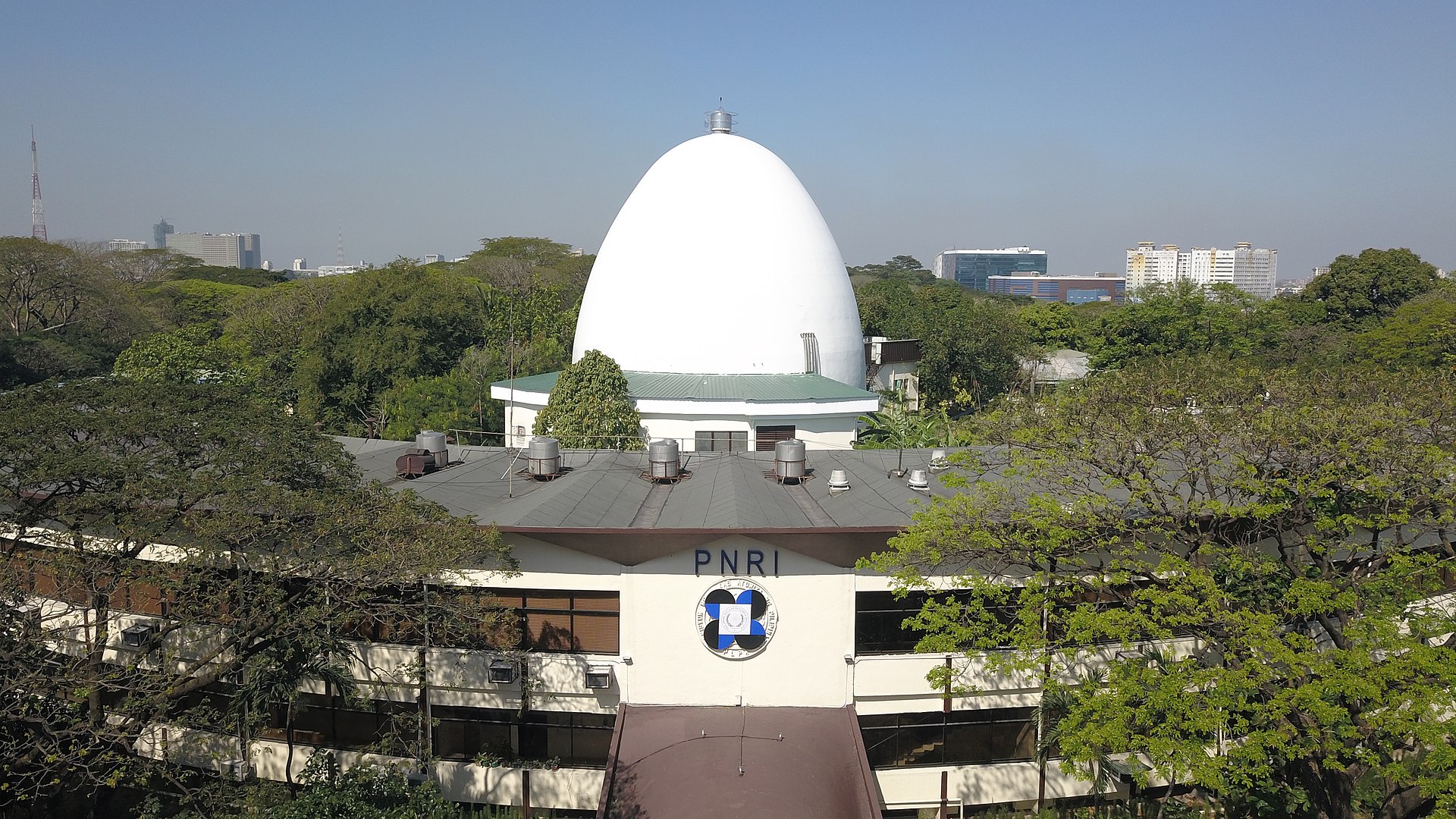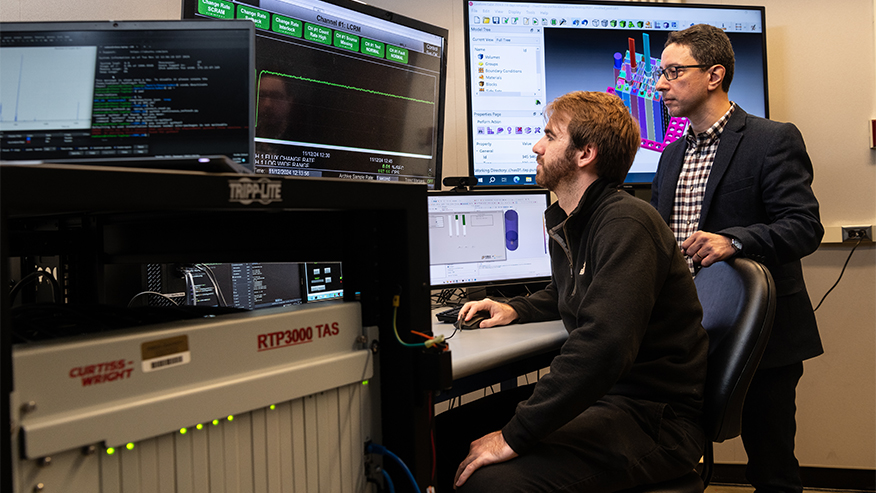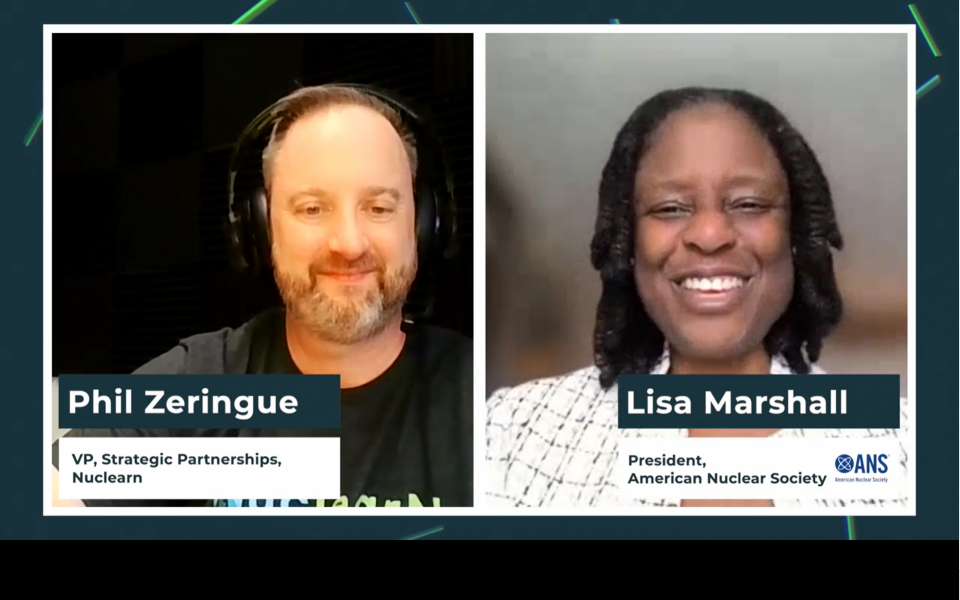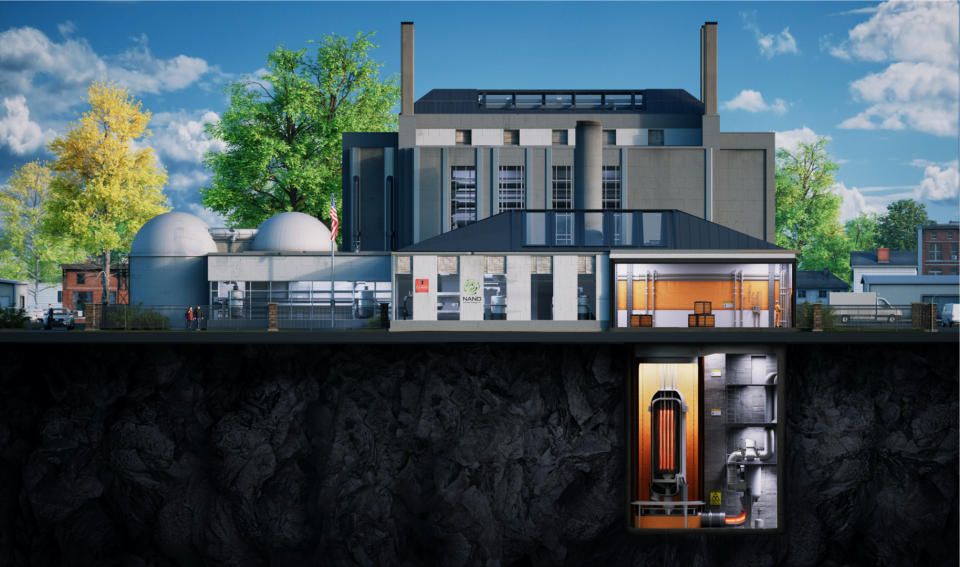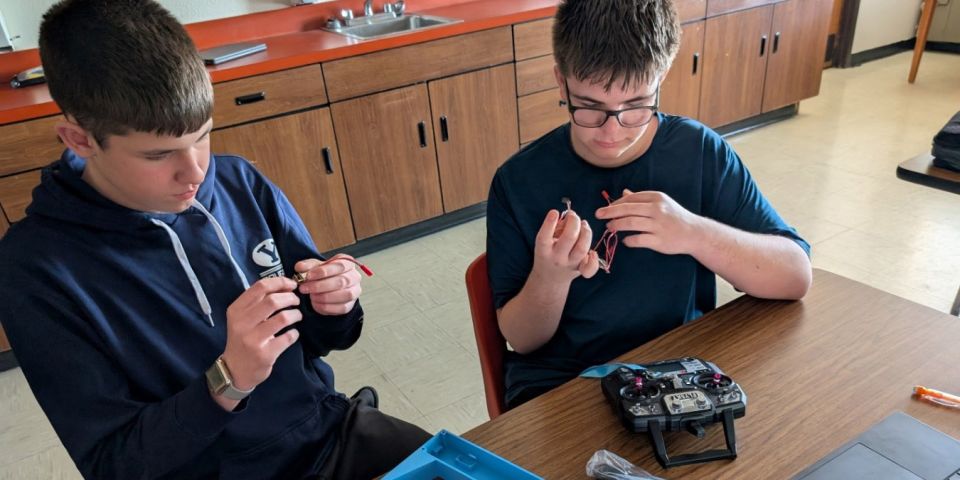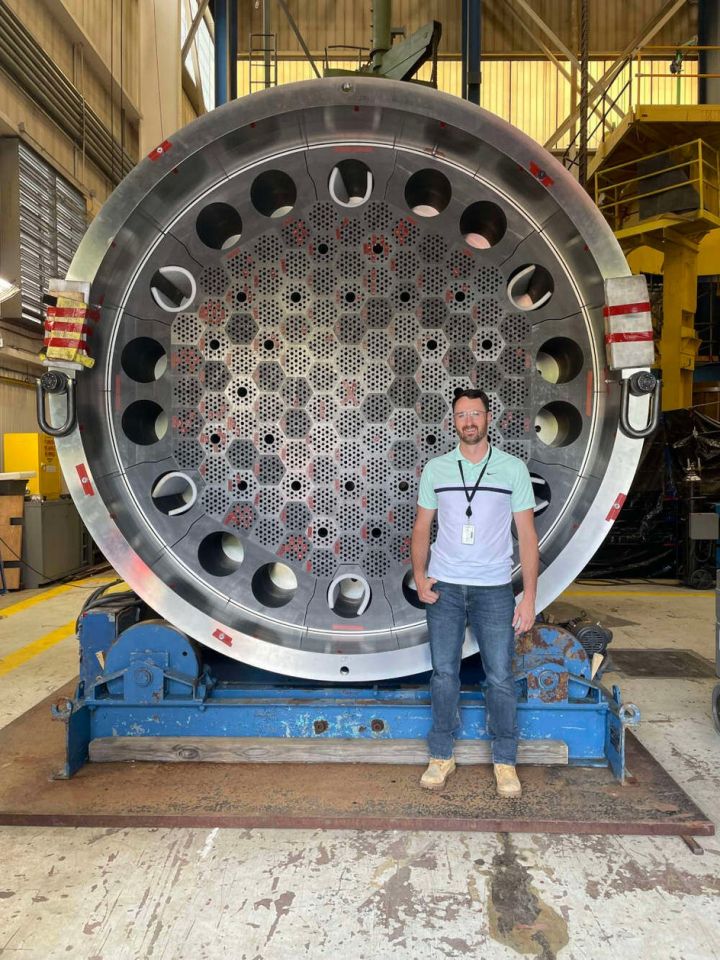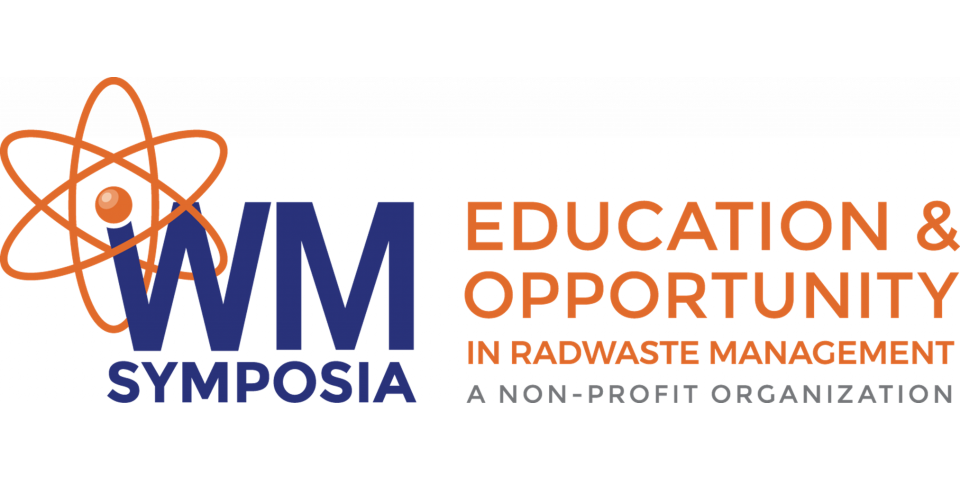The Philippine Research Reactor-1 building at the University of the Philippines. (Photo: PNRI)
The research reactor known as SATER (Subcritical Assembly for Training, Education, and Research), housed in at the Philippine Research Reactor-1 building at the University of the Philippines in Quezon City, has become operational. As recently reported by the International Atomic Energy Agency, the core of SATER was loaded with 44 fuel rods, bringing the Philippines its first operational nuclear reactor in 34 years. Through this event, the country has moved a big step closer to meeting the government’s goal of adding nuclear power to its energy resources. The reactor is expected to become fully operational by 2023.
History: The previous research reactor at the university’s PRR-1 building initially reached criticality in 1963, but it was placed in an extended shutdown in 1988. In 2014, the IAEA accepted a Philippine proposal to use stored fuel elements from the shut-down reactor for new training and education purposes. Since 2016, the IAEA has been assisting the Philippine Nuclear Research Institute (PNRI) with a series of projects for building capacity in reactor engineering and operation, addressing regulatory issues, and other matters related to research reactors. The loading of fuel rods into SATER is the latest step in these projects.
Plans for the future: SATER is designed to remain in a subcritical state, so that its fission chain reaction will be dependent on neutrons from an external source. According to the IAEA, this system will provide for “a safe and versatile tool for researchers and students.” Alvie Asuncion-Astronomo, an associate scientist with PNRI, noted that the activation of SATER “is a milestone for the Philippines, as the facility will provide significant support in reestablishing nuclear capabilities in the country.”
The reactor will serve as an educational and research tool for the new nuclear education programs at the university. Much of its use will focus on reactor physics experiments, neutron irradiation demonstrations, neutron activation analysis, and the training of operators and regulators.
